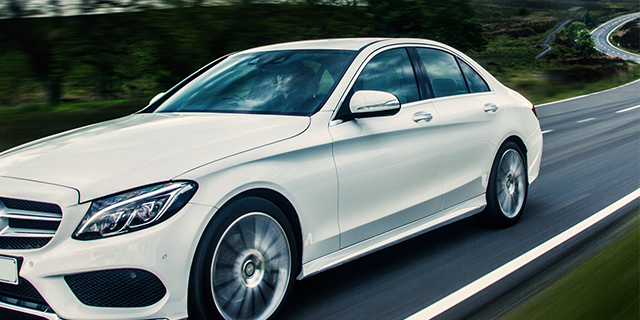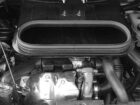Vehicle tax can seem like a minefield at times, with many people not sure whether their car needs to be taxed, what band it falls into, or even how to tax a car.
As it stands, every car in the UK has to be taxed, even if there is none to pay. You can do this online, over the phone, or by heading to your local post office. If that sounds confusing then don’t worry, the rest of this guide should help make things a little clearer.
Do I need to tax my car?
In a simple answer; yes. Certain vehicles are exempt from tax, such as electric cars or those used by disabled people, but even if yours falls into one of those categories, you must still apply for vehicle tax in order to drive legally.
The law surrounding vehicle tax and how it’s calculated changed in April 2017 – if you’re not sure how much tax you’ll have to pay, read our guide explaining car tax bands for a full breakdown.
Ways to tax a car
For most people, paying car tax is quite straightforward. When yours is due to expire, the government will send you a V11 reminder letter which includes a sixteen-digit reference number – hold on to this, it’s important.
To tax your car online simply log on to the GOV.UK website, where you’ll be prompted to enter the reference number from your V11 letter. Follow the steps on screen and within a couple of minutes your car tax will be up to date for another year.
If you’d rather tax your car over the phone, you can call the Driver and Vehicle Licensing Agency (DVLA) vehicle tax service on 0300 123 4321, just make sure you have that reference number to hand. Alternatively, you can tax your car by visiting the Post Office – find out if your local branch deals with vehicle tax.
How to tax a car without a V11 reminder
If you haven’t received a V11 reminder but think your vehicle tax may be due to expire, you can check online using the Government’s vehicle enquiry service.

To tax a car without a V11 reminder you can use your V5C log book or, if the car is new and you’re waiting to receive a log book, the V62 application for a registration certificate. Likewise, if you have just bought a pre-owned car, you can use the V5C/2 green new keeper supplement that you should have been given by the previous owner.
Since paper tax discs were abolished, car tax can no longer be transferred from one owner to the next. When the car is sold and the registered keeper changes, the DVLA will refund the remaining months’ tax to the previous owner and the car must be treated as new, meaning it will need taxing before you can drive it away.
How to pay vehicle tax
You can pay vehicle tax either as a lump sum or, if you’re taxing your car online or at a Post Office, as a Direct Debit paid annually, every six months or monthly. It’s worth remembering if you chose to pay monthly or every six months, you’ll be charged an additional 5%.
The DVLA accept cash, cheque, debit or credit card and if you’re paying at a Post Office, you can also use a Post Office Budget Card, Postal Order or Sterling travellers cheque.








